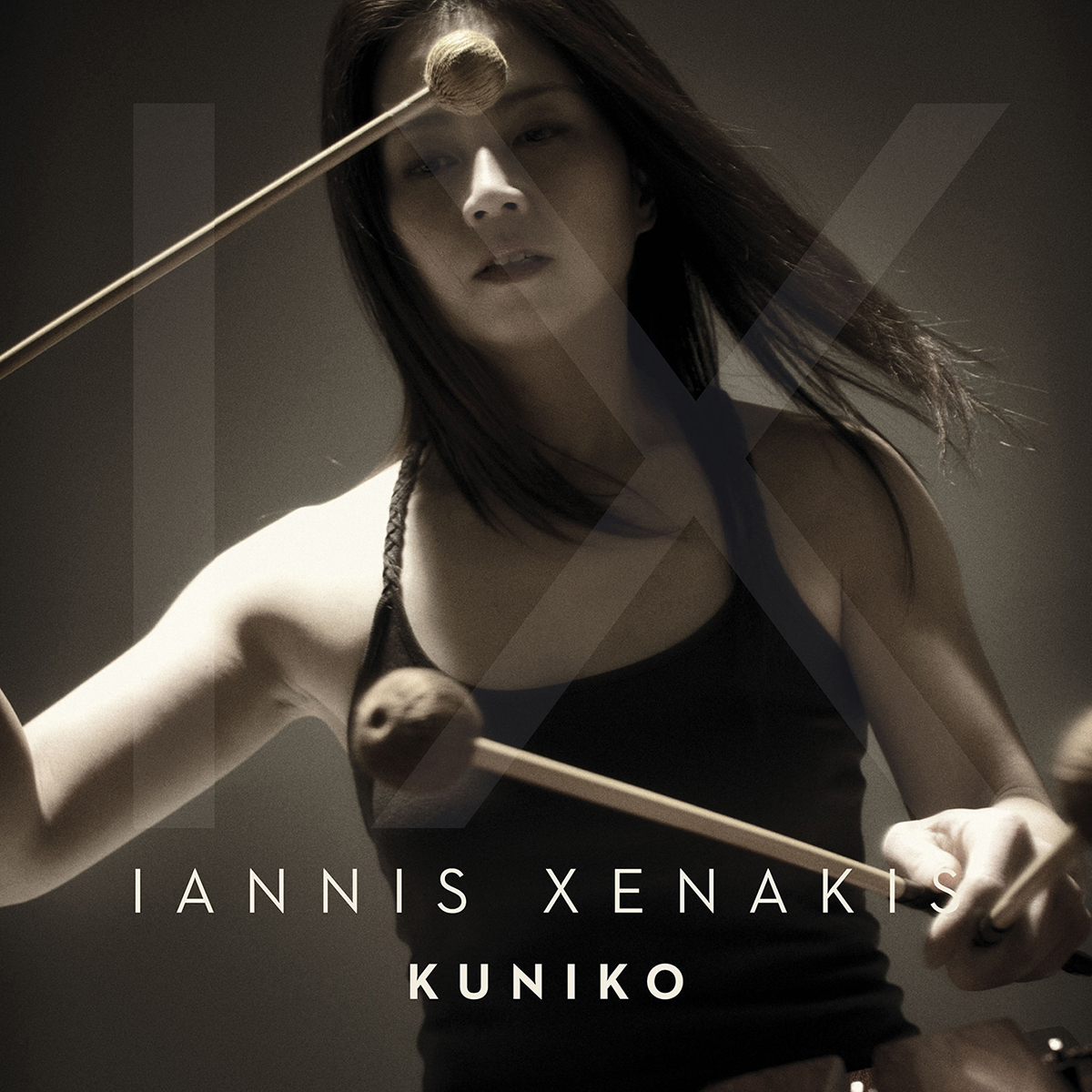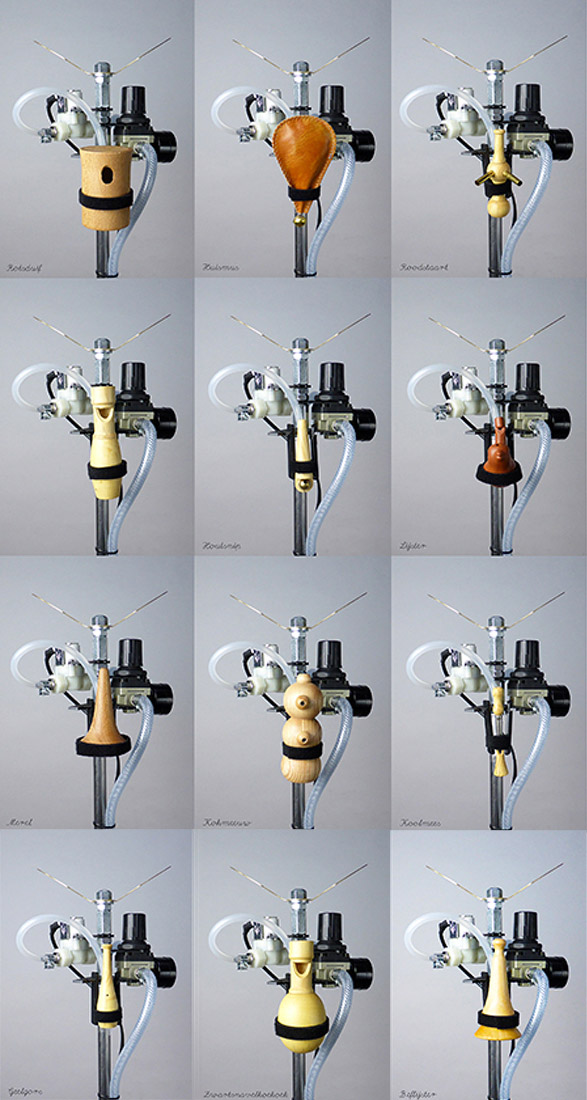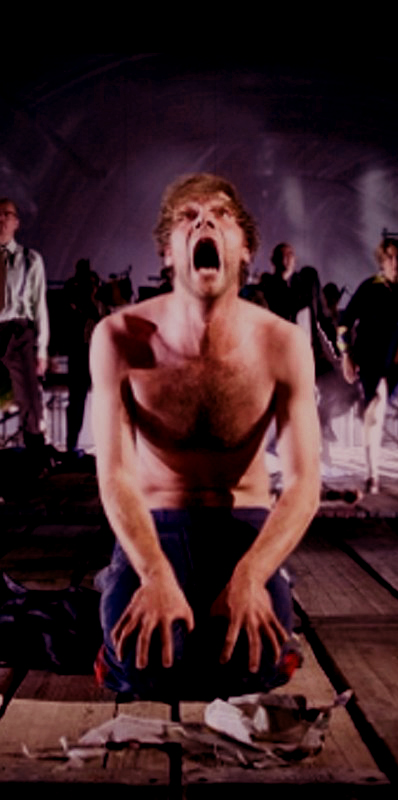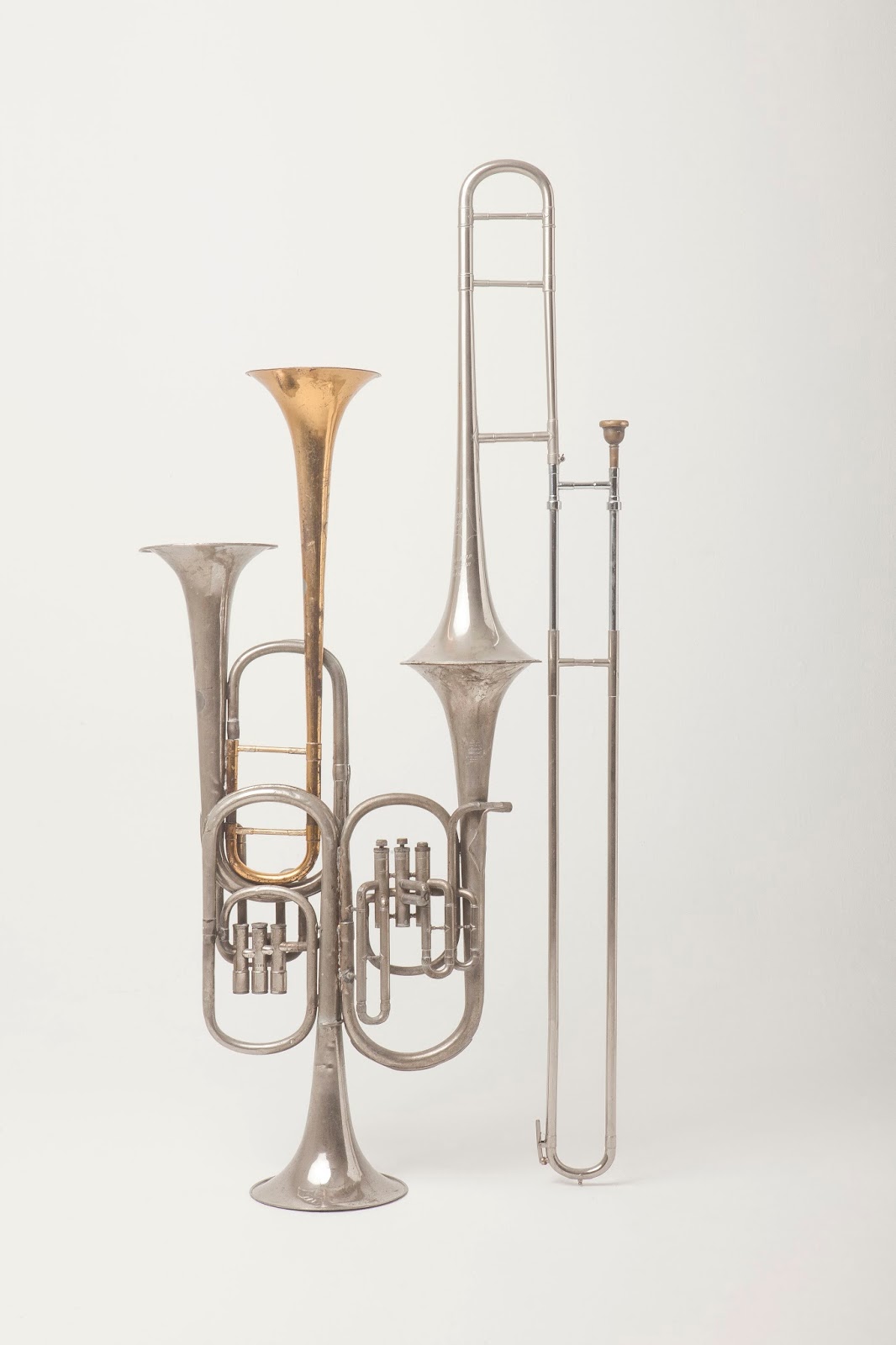
IANNIS XENAKIS
Kuniko Kato
KUNIKO’s much-anticipated third studio recording features the works of Iannis Xenakis, whose work has had a huge impact within the world of music, and in particular on percussion repertoire.

Kuniko Kato
KUNIKO’s much-anticipated third studio recording features the works of Iannis Xenakis, whose work has had a huge impact within the world of music, and in particular on percussion repertoire.

Schlacht
Schlacht ist eine Konfrontation zweier physischer Akteure: einerseits Hassan Razak, Spezialist für Bodypercussion und andererseits Pierre Cartonnet, Spezialist für Akrobatik. Diese Konfrontation ist ein komplexer, paradoxer und mehrdeutiger Kampf. Ist es ein realistischer Tanz oder ein choreografischer Kampf? Ist es ein von beiden Teilen akzeptierter Vertrag oder eine einseitige Gewalt? Ist es ein Narrenspiel? Wird die Gewalt erfahren oder gewährt? Masochist oder Sadist?

Noético
Noético é o princípio que conecta um cósmico com cada consciência individual. A beleza desse conceito de ordem se reflete nos movimentos de dança expressivos de Cherkaoui, bem como nas estruturas geométricas de aço do artista visual Antony Gormley. A densidade atmosférica é intensificada por um percussionista e vocais japoneses tradicionais ao vivo. Espaço, ordem e espírito não são mostrados aqui como estruturas rígidas, mas como correntes poéticas fluindo.

Soft as Snow
Soft as Snow, auch bekannt als Oda Egjar Starheim und Øystein Monsen, Norwegens beste Anbieter von ungewöhnlichem, kristallinem Pop, sind mit einer brandneuen Veröffentlichung zurück. Die 4-Track-EP “Chrysalis” ist die zweite Originalveröffentlichung des Duos nach ihrem Debüt 2014 – die EP “Glass Body”, die auch als “Glass Body Remixed” veröffentlicht wurde, eine beeindruckende Sammlung überarbeiteter Versionen von Lucy, Gabe Gurnsey von Factory Floor, Maria Minerva und Brian DeGraw von Gang Gang Dance: „Chrysalis ist hart, direkt, frei, emotional. Es bringt uns zum Tanzen, Verbinden, Explodieren. “ – Weich wie Schnee Der Anfangstrack „I Adore“ zeichnet sich durch abrasive Synthesizer und schimmernde Beugungen aus, während sich „Fluid“ von glasiger Zurückhaltung zu einem Synth-Freak-Out entwickelt. “Mouth” ist eine bedrohliche Absichtserklärung, alle Stammes-Percussion und Ur-Yelps, die an die beunruhigende Produktion von Mica Levis Soundtrack für “Under The Skin” erinnert. Die EP geht mit dem energiegeladenen, skitternden “Her Blood Is Gold” zu Ende, wobei Odas seltsame, jenseitige Stimme alles zusammenhält.

The Robin Who Wondered If He Was a Nightingale
Various members of orchestra perform impressive improvisations based on your identity and the natural environment. The flutes combine their sounds with the rhythm of the percussion. The special acoustics of the forest played an important role. Every time an attempt is made to deliver the highest quality of improvisation and to achieve more than perfectly played notes. This creates a magical and unforgettable experience. Musicians: Nightingale, Cuckoo, Moorhen, Pigeon, Curlew, Black-billed Cuckoo, House Sparrow, Little Owl, Woodcock, Green Woodpecker, Great Spotted Woodpecker, Middle Spotted Woodpecker, Lesser Spotted Woodpecker.

Oresteia Opera
Scored for soloists, mixed chorus, children’s chorus and chamber ensemble, Iannis Xenakis’ music for Oresteia has been cited as “ruggedly dissonant” since its 1987 première in Sicily. A wooden-planked stage is empty save three platforms, one each for the chamber players and percussion, another for a drummer on a separate perch. On a high screen to start, a loop video shows an almost-naked woman stretched out face down in a bathtub who is being hosed down uninterruptedly with water. No forewarning, and the clip changes to a thick forest, a small girl being physically abused by an adult man. While the same video images reappear at the end of the opera, but it’s nebulous soft-edged shapes –mood landscapes as it were – that are the usual backdrop for the 90-minute piece.

Ikon of Eros
The tempo of the music changes frequently, illustrating love that at times may be almost austere and at other times ecstatic. In the second movement an ethereal female chorus is suddenly punctuated by deep percussion instruments and gives way to an almost erotic middle eastern beat, contrasting a pure spiritual love with a more physical, sensual form.

Oroboro
Siri (Rio de Janeiro, 1974) é um multi-instrumentista que constrói seu discurso através de performances e arte sonora. Percussionista por formação[…] Siri substitui a pele de tambores e o som de instrumentos de sopro como tubas e trompetes condenados pela idade, por alto-falantes. A partir daí, em um processo que propõe ressuscitar os instrumentos, o artista faz composições únicas para cada peça, criando assim, uma base sonora para suas performances.

Bataille
Bataille is a confrontation between two physical actors : on one hand Hassan Razak, specialist of body percussion and on the other hand Pierre Cartonnet, specialist of acrobatics. This confrontation is a complex, paradoxical and ambiguous battle. Is it a realistic dance or a choreographic fight ? Is it a contract accepted by both parts or a unilateral violence ? Is it a fool’s game ? Is the violence undergone or granted ? Masochist or sadist ?


Silent Percussion
File Festival
The “Silent Percussion Project” (SPP) consists in building a set of computer musical instruments that use human gestures to control sounds, composing and performing with them in an attempt to re-incorporate the body in music performance practice. The “SPP” is a response to the question: what kinds of musical instruments does live computer music performance need? To answer this question it researches the aesthetic qualities and language of non-live electronic music, action-perception systems and new media theory to experiment new ways of bridging between gesture and sound. In that sense, the “SPP” looks to address the problem of sound control by introducing new sensing techniques that take advantage of our sensorimotor capabilities. The Silent Drum and MANO instruments analyze shapes made by hands and transform them into multiple streams of continuous data. These streams, or variables, are directly applied to sound control, avoiding the key paradigm. Continuous data is analyzed to extract discrete features of the signals. The variables resulting from analysis are interdependent, that is, changes in one result in changes in the others, creating complex systems that the performer learns by experimentation.

Арво Пярт
Fratres
Structurally, Fratres consists of a set of nine chord sequences, separated by a recurring percussion motif (the so-called “refuge”). The chord sequences themselves follow a pattern, and while the progressing chords explore a rich harmonic space, they have been generated by means of a simple formula. Fratres is driven by three main voices. The low and high voice are each restricted to playing notes from the D harmonic minor scale (D, E, F, G, A, Bb, C#); the middle voice is restricted to the notes of the A minor triad (A, C, E). The entire piece is accompanied by drones in A and E, which are primarily heard in the refuge between each sequence.The chords are created by the movement of the three voices: the low voice starts at C#; the high voice starts at E. Both the low and high voices are moved up or down the D harmonic minor scale at the same time, with the direction of the movement depending on the position within the sequence. The middle voice starts at A and plays a different pattern (A, E, E, C, C, C, C, A, A, E, E, C, C, A). The generated chords create harmonic ambiguity, since both C# and C are present, yielding an A major or A minor feel.